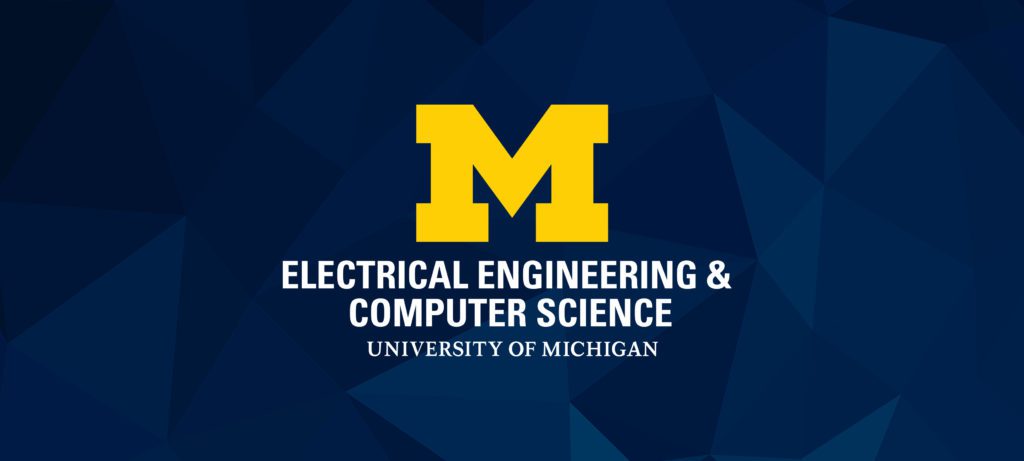100+ researchers from across the University of Michigan and from industry gathered on North Campus for the third U-M Workshop on Data Mining.
-
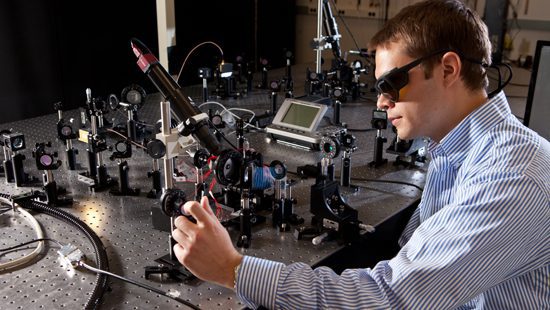
Chris Berry awarded 2012 Michigan Space Grant Consortium Fellowship
The proposed emitter incorporates plasmonic photoconductors to more efficiently convert power from incident laser light into terahertz radiation.
-
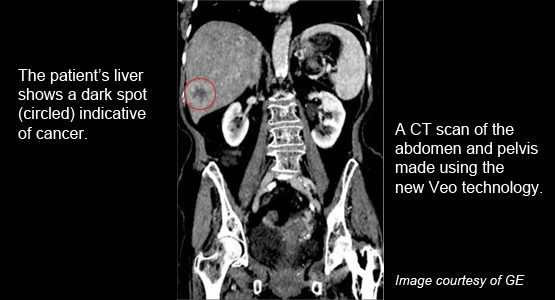
New technology allows CT scans to be done with a fraction of the conventional radiation dose
“We’re excited to be adding Veo to the measures we already have in place to ensure that we get diagnostic images using the lowest amount of radiation possible.”
-
A smarter way to make ultraviolet light beams
The researchers have optimized an optical resonator to take an infrared signal from relatively cheap telecommunication-compatible lasers and boost it to an ultraviolet beam.
-
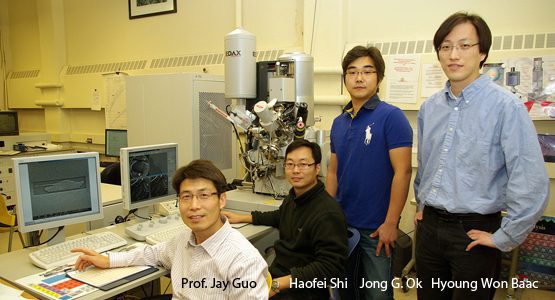
‘Perfect black’ coating can render a 3D object flat, raises intriguing dark veil possibility in astronomy
The carbon nanotube carpet is about half the thickness of a sheet of paper and absorbs 99.9 percent of the light that hits it.
-
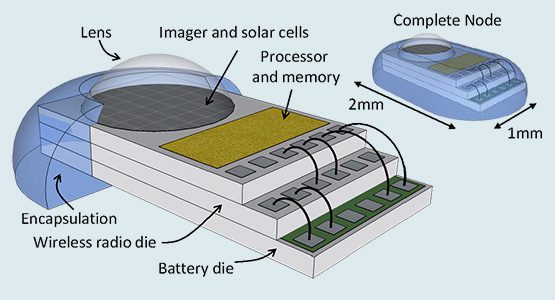
Making smart dust a reality
This research is expected to have a fundamental and long term impact on a diverse set of applications ranging from energy conservation to health care.
-

Safer medical imaging with microwaves
The goal of the research is to develop an alternative method to x-ray imaging that is safer and uses nothing stronger than radio frequency waves.
-

Chris Berry awarded Michigan Space Grant Consortium Fellowship
Berry is designing an emitter to operate as a light-weight, local oscillator for a terahertz spectroscopy system suitable for use in space.
-
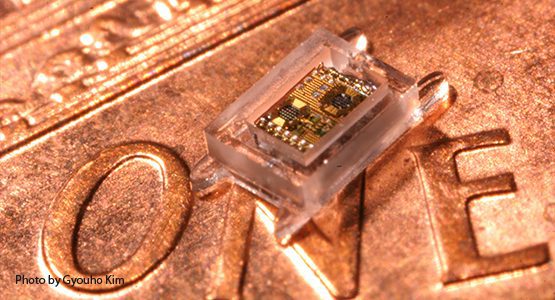
Toward computers that fit on a pen tip: New technologies usher in the millimeter-scale computing era
U-M faculty have developed what is believed to be the first complete millimeter-scale computing system, with applications in radio communication and wireless sensing.
- «
- 1
- 2
- 3
- 4
- 5
- 6
- 7
- 8
- 9
- 10
- 11
- 12
- 13
- 14
- 15
- 16
- 17
- 18
- 19
- 20
- 21
- 22
- 23
- 24
- 25
- 26
- 27
- 28
- 29
- 30
- 31
- 32
- 33
- 34
- 35
- 36
- 37
- 38
- 39
- 40
- 41
- 42
- 43
- 44
- 45
- 46
- 47
- 48
- 49
- 50
- 51
- 52
- 53
- 54
- 55
- 56
- 57
- 58
- 59
- 60
- 61
- 62
- 63
- 64
- 65
- 66
- 67
- 68
- 69
- 70
- 71
- 72
- 73
- 74
- 75
- 76
- 77
- 78
- 79
- 80
- 81
- 82
- 83
- 84
- 85
- 86
- 87
- 88
- 89
- 90
- 91
- 92
- 93
- 94
- 95
- 96
- 97
- 98
- 99
- 100
- 101
- 102
- 103
- 104
- 105
- 106
- 107
- 108
- 109
- 110
- 111
- 112
- 113
- 114
- 115
- 116
- 117
- 118
- 119
- 120
- 121
- 122
- 123
- 124
- 125
- 126
- 127
- 128
- 129
- 130
- 131
- 132
- 133
- 134
- 135
- 136
- 137
- »

 Michigan Engineering | University of Michigan
Michigan Engineering | University of Michigan 